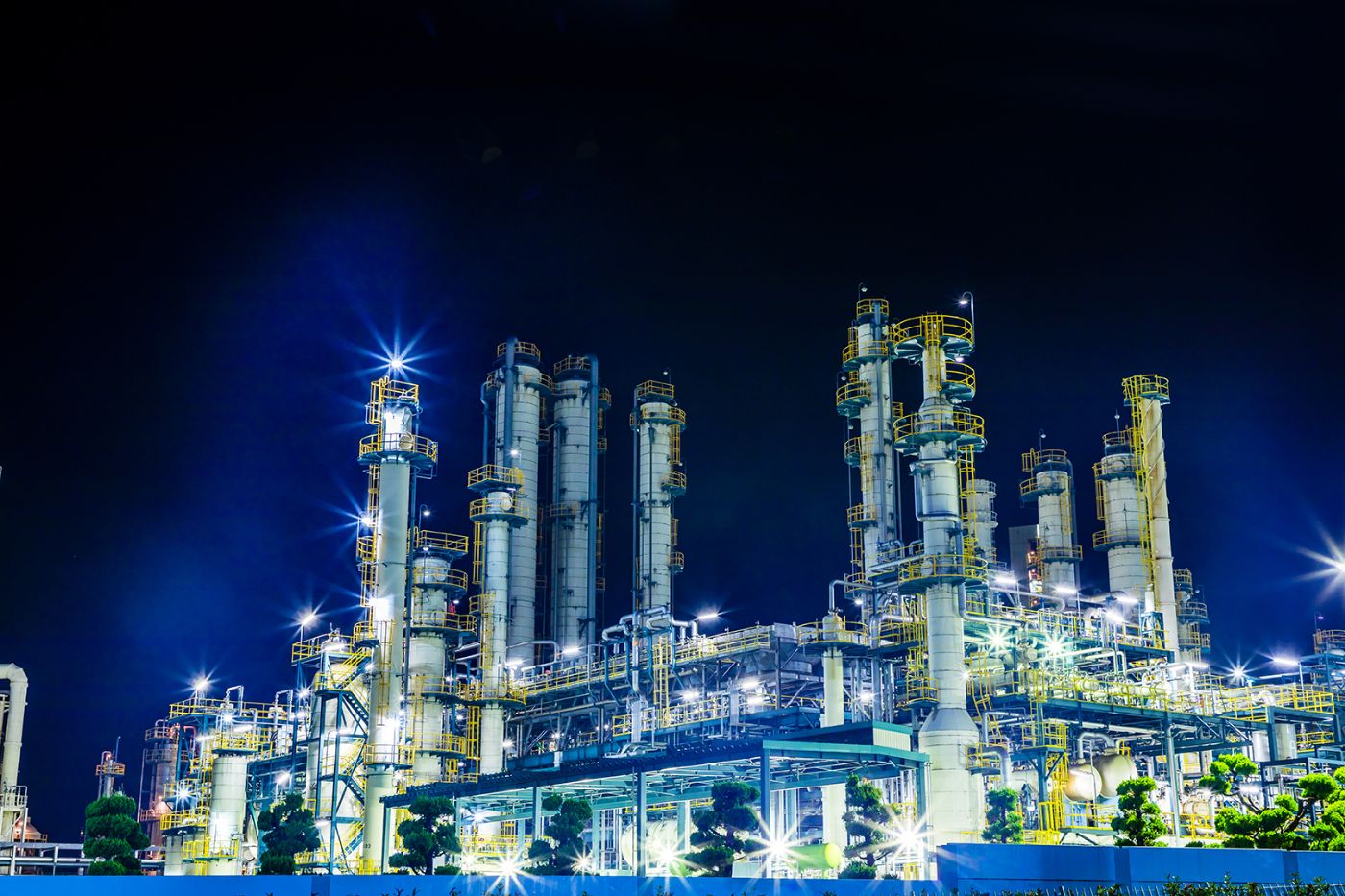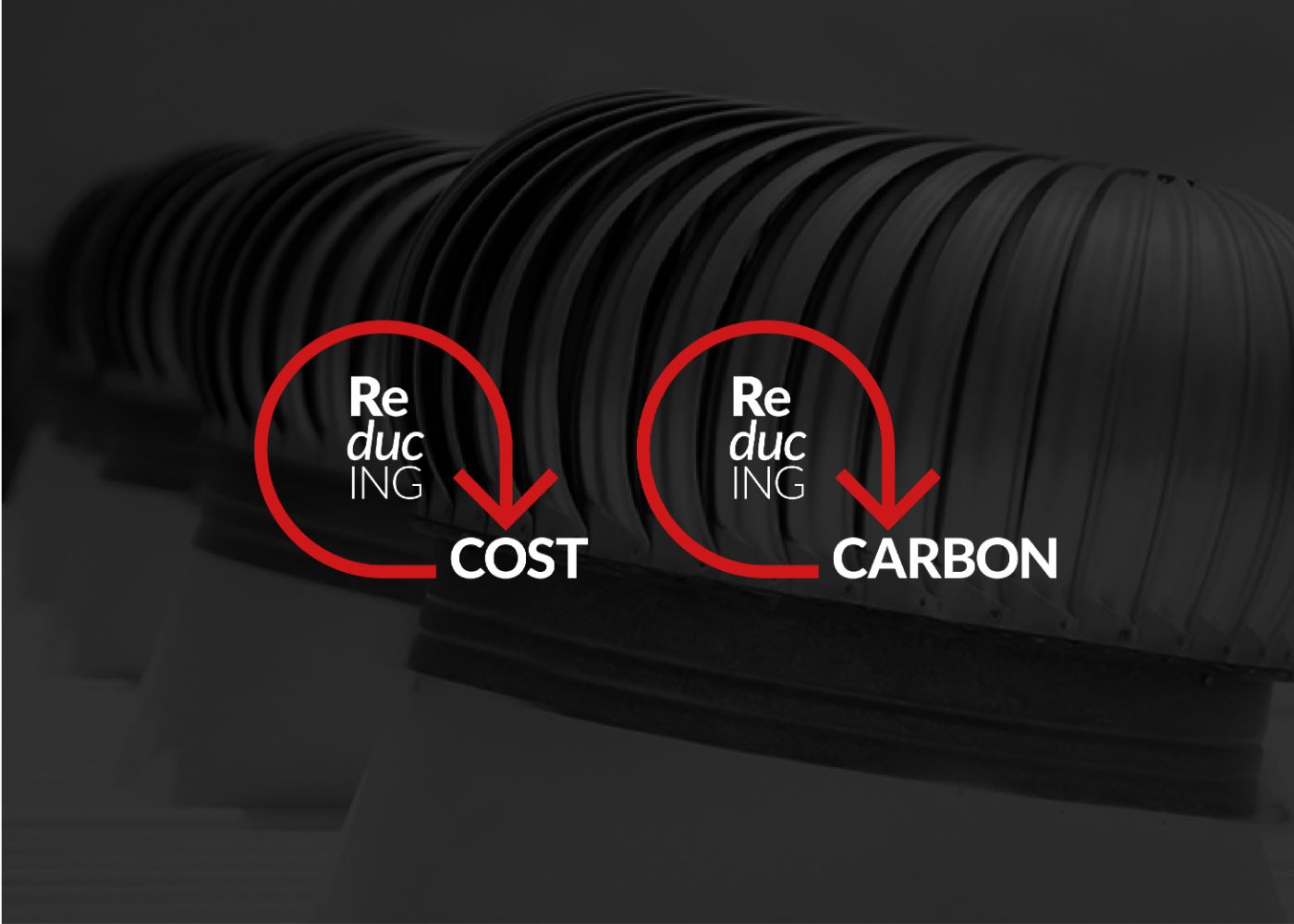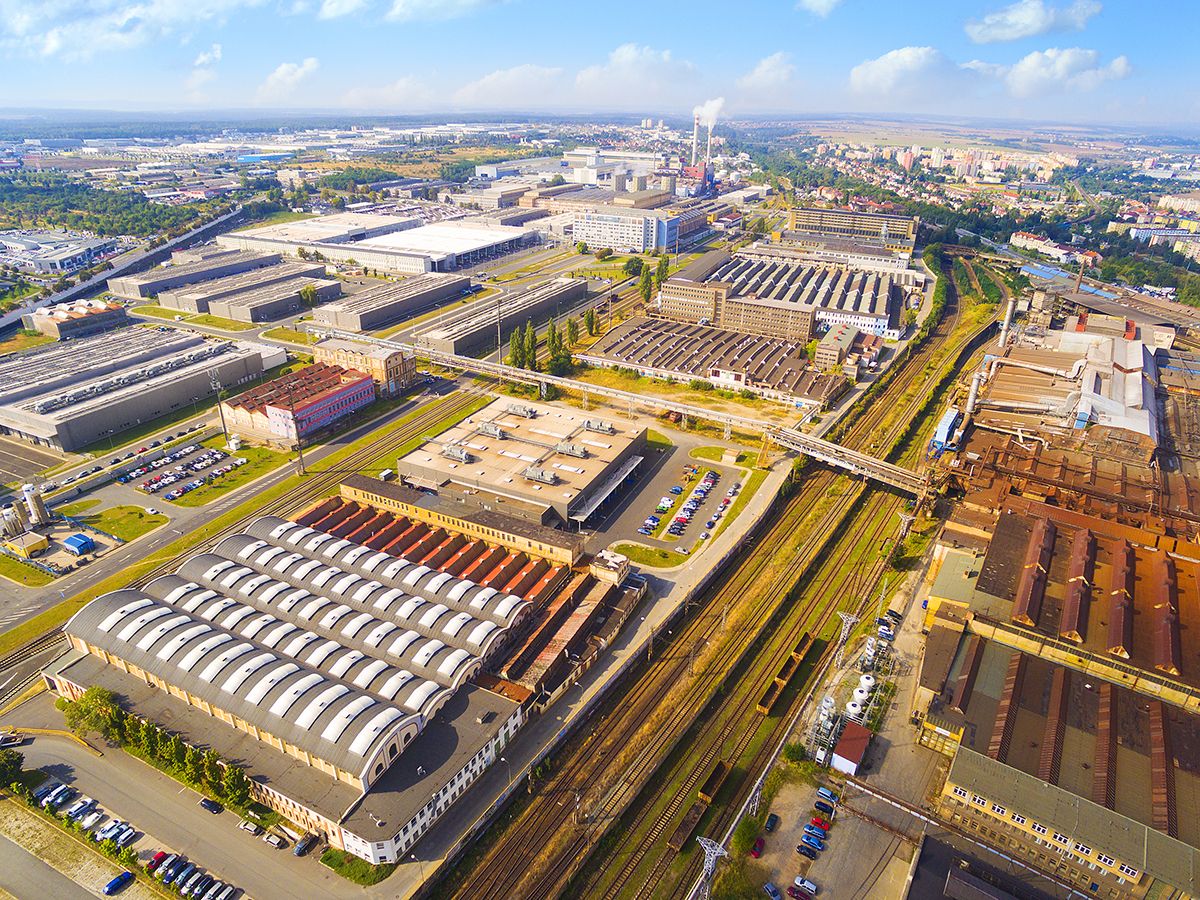Common questions
answered
Frequently asked questions about our unique technology,
the importance of security and our service delivery.
Our technology
Yes. We have found most building systems are accessible. The last decade has seen wider adoption of common protocols like BacNet and KNX, these can be read along with common OEM specific protocols such as Honeywell’s Trends system. There are still some older systems that we may need to work further with, and some may not be accessible without additional hardware.
Yes. The GWTi-Observer can capture data from operational machinery where API connectivity is available. It also captures data from sensors and actuators.
No. The GWTi-Observer is a listening device and does not load the building systems.
Usually, one. Large and complex buildings may require more.
No. A competent FM operator should be able to install it and a full guide to installation is provided.
No, it uses less than a household LED light bulb
No, a loss of power in the building will interrupt capture of data but once power is restored the system will automatically recover and begin capture immediately.
Yes. Once the device is connected to a building system it will send a message to GWTI IT. This triggers a scan of the building which start’s the process to collect readable data.
We monitor the heartbeat of each device and data flow, in the unlikely event of interruption we will undertake a number of checks to find out what has happened. Our response times and remedies are published here.
No, the Observer feeds data to the GWTinsight-Maker and is controlled by it, the two work together to provide the Data Service.
No. There is an option to take near real-time classified and standardised data into your own or a third-party system.
No. As long as the data is captured it can be viewed.
Yes. The GWTinsight-Maker is a configurable system allowing users to decide what they see and how they see it.
No. The system is designed to provide insights across large portfolios of buildings and has no realistic limits
Dashboards can be accessed by authorised users via a modern-day computer or tablet supporting modern Web Browsers such as Chrome, Safari or Microsoft Edge and with connectivity to the internet.
Yes, a short delay occurs whist the data is transferred. It is only a matter of seconds.
Yes. Alerts and warnings are possible and require triggers that can be configured as part of the solution.
Yes, this is especially useful to identify trends and for benchmarking.
Yes, Insight-Maker is a white label solution, Corporate brands and color themes can be incorporated into the presentation of Dashboards.
Security
Yes. GWTi-Observer uses multilayer security including firewall blocks, strong encryption and authentication, firewalls between observation software and security hardware. This provides a very high level of protection from unwanted access and protection of data.
Yes, if the Observer loses its internet connection then it continues to collect data which is then transmitted once the internet connection is restored. For typical buildings it can collect and store data for up to 10 months before transmission. All data held is heavily encrypted.
Yes, an independent security specialist organisation regularly tries to penetrate our systems as part of our ongoing security strategy.
Our approach includes design and engineering of both hard and software tools. This includes building outwards only connectivity and hardware separation of collection and communication of data with enforcement of an internal DMZ and multiple security barriers. This is similar to the approach taken by highly secure data centers.
Yes, our technology and approach to security has been vetted by the IT departments of several global corporates and has met their testing standards.
Our data service
- The customer will be sent a link to complete an online questionnaire about the building systems.
- GWTInsight will review the data, confirm compatibility, seek further information or advise that data collection is not possible due to existing system constraints or limitations.
- On confirmation of compatibility GWTInsight will send a GWTi-Observer.
- The customer can then install the Observer.
- Once connected to a network the Observer will communicate with GWTinsight-Maker and data capture will begin.
- The data is then classified standardised and verified before appearing in a Dashboard
A competent FM operator for the building should be able to complete the questionnaire in around 30 minutes.
Yes, we provide a comprehensive guide and can respond to questions on the telephone. In the rare occasions there is a problem we may send someone to site.
GWTInsight will provide clients with the ability to register users and give them access to a Dashboard. This is done via an email and includes establishing password protection.
Yes, single sign on can be set up to enable access within in clients IT infrastructure.
Yes, as long as the data is flowing, and the user has access to the intranet the Dashboard will be available.
Warnings and alerts can be delivered to any device that is receiving a Dashboard and specified email accounts. We plan to introduce SMS alerts in 2022.
Yes, a Client product may be reconfigured and an insight visualisation changed in a relatively short period of time. This can be done by a client or by GWTInsight.
The customer, generally this will be limited to those managing risk and responsible for the cost effective and safe running of the building or a portfolio.
The GWTI Data Service provides the clients with the ability to view bespoke insights in real time and across multiple buildings and multiple systems. It includes the ability to create products that present data in a variety of ways to meet specific challenges ranging from risk management to carbon reduction. It goes beyond providing supervisory level data on building systems to an engineer and allows companies to create new insights not previously possible. The technology that sits behind the Data Service secures data and communications beyond the capabilities of most BMS. It enables the capture of data at scale, data may be stored to give real time and historic insights across portfolios of buildings.
Yes. The 2021 IPCC report identifies buildings as a contributor to global warming. Other reports suggest around 6% of the total carbon emitted each year is from commercial buildings and the majority is from heating and cooling systems. The next biggest contributor is working machinery within buildings. The GWTInsight Data Service can deliver very detailed insights on these areas.
The GWTInsight Data Service is configurable and insights can be designed to support action on reducing carbon, making buildings more resilient and importantly providing a reliable and fact based reporting tool on progress in meeting the commitments made by a firm.
No, it is specifically designed to deliver to commercial buildings that have BMS. It has been used in offices, factories, schools, hotels, storage units, bakeries, shops and both public and private property.
Doing business with us
Contact Iain Wilcox on iain.wilcox@gwtinsight.com, GWTinsight on LinkedIn or Twitter or call
Much depends on the client needs and interaction, but the GWTinsight-Maker is configurable, it is not software programming. This significantly reduces the time taken to create bespoke products ready for testing and market.
Typically, 60-90 days to get a rounded feel for the building although valuable insights can be received in days.
The GWTi-Observer does not require engineers to prepare a building or visit, significantly reducing costs against most alternative solutions. In addition, GWTinsight-Maker uses a patented data compression technique for lower cost storage and transfer and a unique automated approach to data classification and standardisation reducing costs incurred by other providers using engineers to manually classify building data.
The Data service is sold on license for a period of three years.
Yes, data can be provided to a third-party system.
No, we are providing data to analytics companies on behalf of our client’s, but it is not part of our focus.








